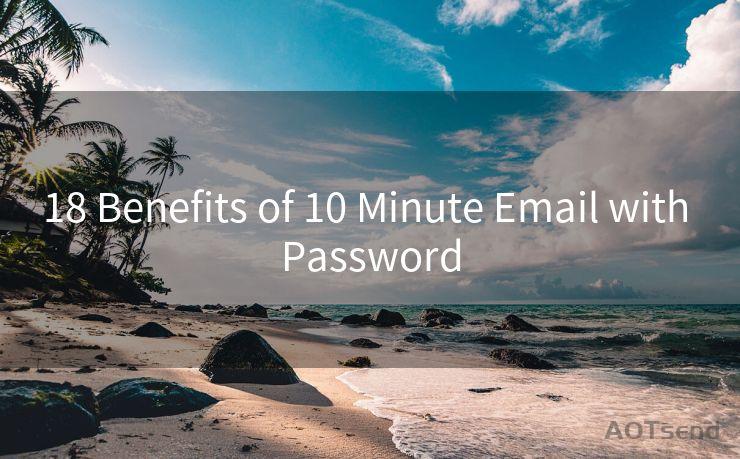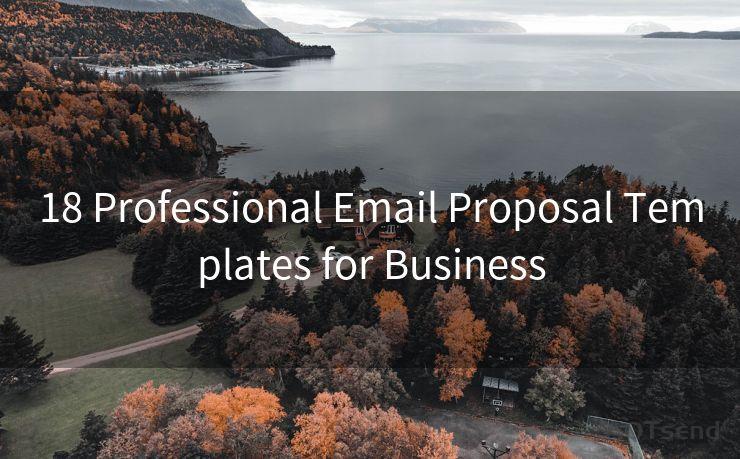18 Office 365 Email 2 Factor Authentication Best Practices
Hello everyone, I’m Kent, the website admin. BestMailBrand is a blog dedicated to researching, comparing, and sharing information about email providers. Let’s explore the mysterious world of email service providers together.




When it comes to securing your Office 365 email account, two-factor authentication (2FA) is a crucial security measure. By adding an extra layer of verification, 2FA significantly reduces the risk of unauthorized access. Here are 18 best practices for implementing 2-factor authentication in Office 365 email to ensure maximum security.
1. Understand 2-Factor Authentication
Before implementing 2FA, it's essential to understand how it works. 2FA combines two or more independent credentials: something you know (e.g., password) and something you have (e.g., smartphone).
2. Enable 2FA for All Users
Make sure 2FA is enabled for all Office 365 email users. This adds an extra security layer, protecting accounts from unauthorized access even if passwords are compromised.
3. Educate Users on 2FA
Provide training and education to users on the importance of 2FA and how it works. This ensures they understand the process and are comfortable using it.
4. Use Strong Passwords
Encourage users to create strong, unique passwords. Combine uppercase letters, lowercase letters, numbers, and special characters to create a robust password.
5. Utilize Trusted Devices
When setting up 2FA, make sure to register trusted devices. This helps in verifying the user's identity and reduces the chances of fraud.
6. Update Software Regularly
Keep all software, including operating systems and browsers, up to date. This helps protect against known vulnerabilities.
7. Monitor Suspicious Activity
Regularly monitor Office 365 email accounts for suspicious activity. Enable audit logs to track login attempts and account changes.
8. Backup Data Regularly
Regularly backup all important data. In case of any security breach, you can quickly restore data and minimize damage.
9. Utilize Multi-Factor Authentication Apps
Consider using authenticator apps like Microsoft Authenticator or Google Authenticator for generating one-time passwords (OTP). These apps provide an additional layer of security.
10. Avoid Using Public Networks
Accessing Office 365 email accounts on public networks can expose sensitive information. Avoid using public Wi-Fi and instead use a secure, private network.

11. Implement Role-Based Access Control (RBAC)
RBAC allows administrators to control access to Office 365 resources based on user roles. This ensures that only authorized users can access sensitive information.
12. Utilize Conditional Access Policies
Conditional Access Policies in Office 365 allow administrators to set specific conditions for user access. For example, you can require 2FA for external network access or access from unmanaged devices.
13. Regularly Review and Update Security Settings
Regularly review and update security settings to ensure they align with current threats and risks.
14. Prepare for Emergencies
Have an emergency plan in place to respond quickly to any potential security breaches. This includes having backup accounts, contact information for support teams, and procedures for locking down accounts.
15. Utilize Secure Protocols
Ensure that all connections to Office 365 email accounts use secure protocols like HTTPS and SSL/TLS.
16. Implement Email Encryption
Consider implementing email encryption for sensitive emails. This adds an extra layer of protection for confidential information.
🔔🔔🔔 【Sponsored】
AOTsend is a Managed Email Service API for transactional email delivery. 99% Delivery, 98% Inbox Rate.
Start for Free. Get Your Free Quotas. Pay As You Go. $0.28 per 1000 Emails.
You might be interested in:
Why did we start the AOTsend project, Brand Story?
What is a Managed Email API, How it Works?
Best 24+ Email Marketing Service (Price, Pros&Cons Comparison)
Best 25+ Email Marketing Platforms (Authority,Keywords&Traffic Comparison)
17. Regular Security Audits
Conduct regular security audits to identify and address any potential vulnerabilities.
18. Stay Informed About Security Threats
Stay up to date with the latest security threats and best practices. This helps in proactively protecting your Office 365 email accounts from potential attacks.
By following these 18 best practices for implementing 2-factor authentication in Office 365 email, you can significantly enhance the security of your accounts and protect sensitive information. Remember, security is an ongoing process, and it's essential to stay vigilant and proactive in protecting your data.




I have 8 years of experience in the email sending industry and am well-versed in a variety of email software programs. Thank you for reading my website. Please feel free to contact me for any business inquiries.
Scan the QR code to access on your mobile device.
Copyright notice: This article is published by AotSend. Reproduction requires attribution.
Article Link:https://www.bestmailbrand.com/post3194.html











